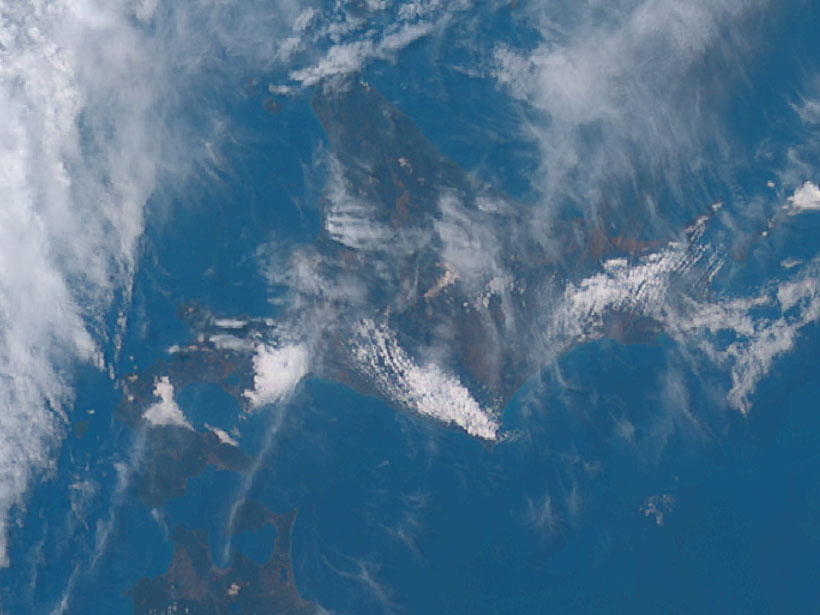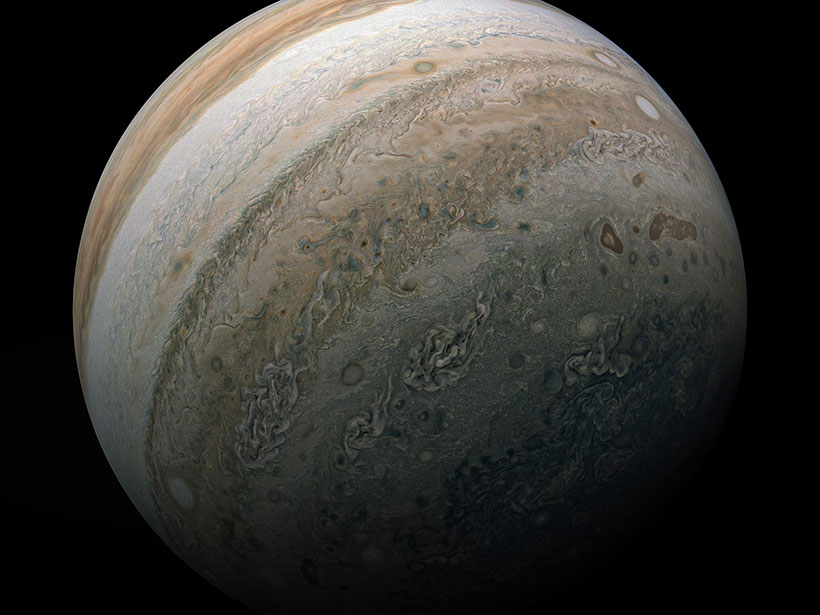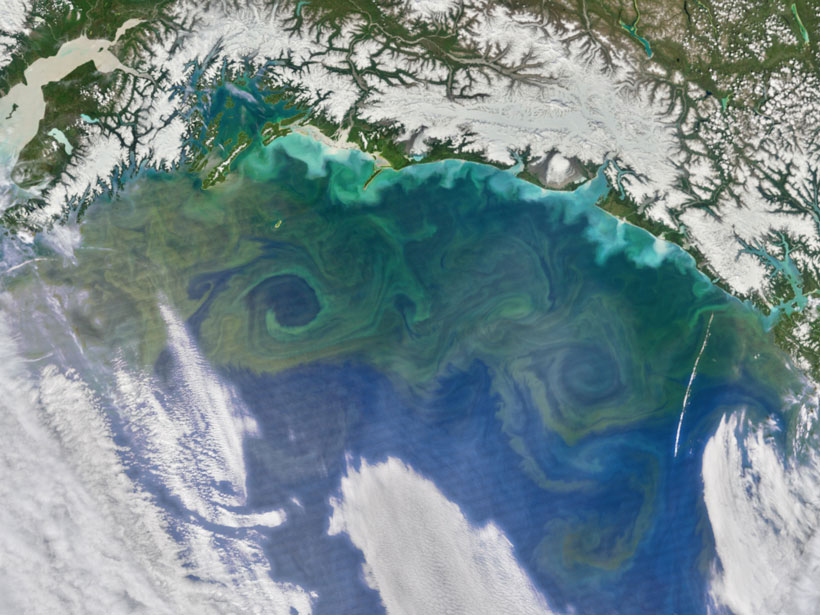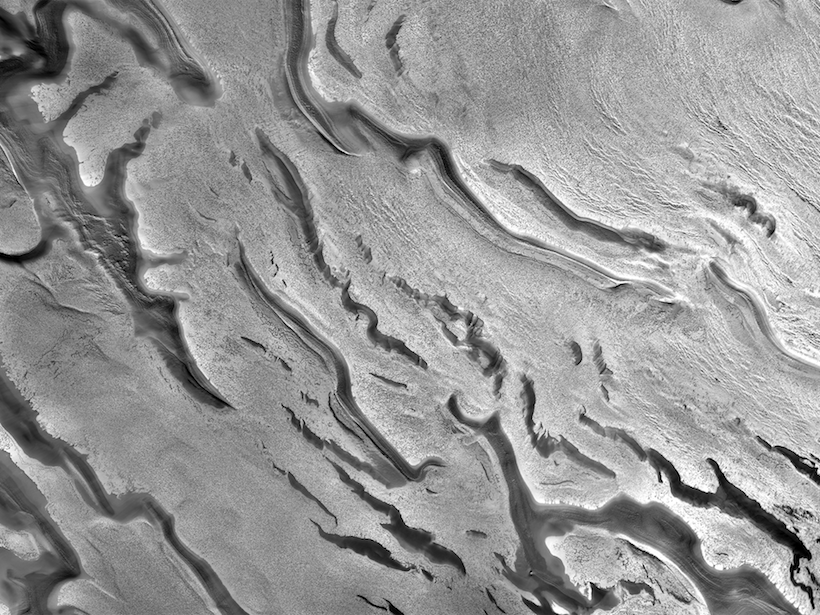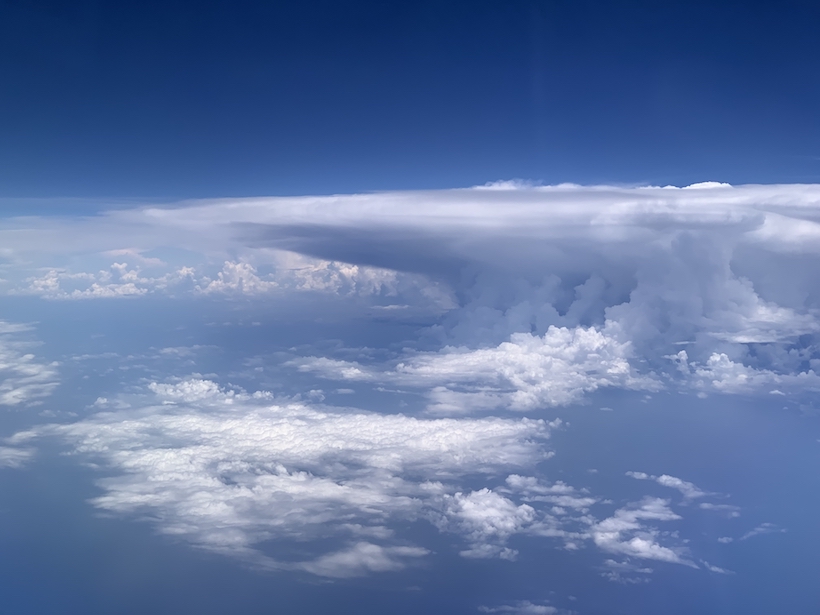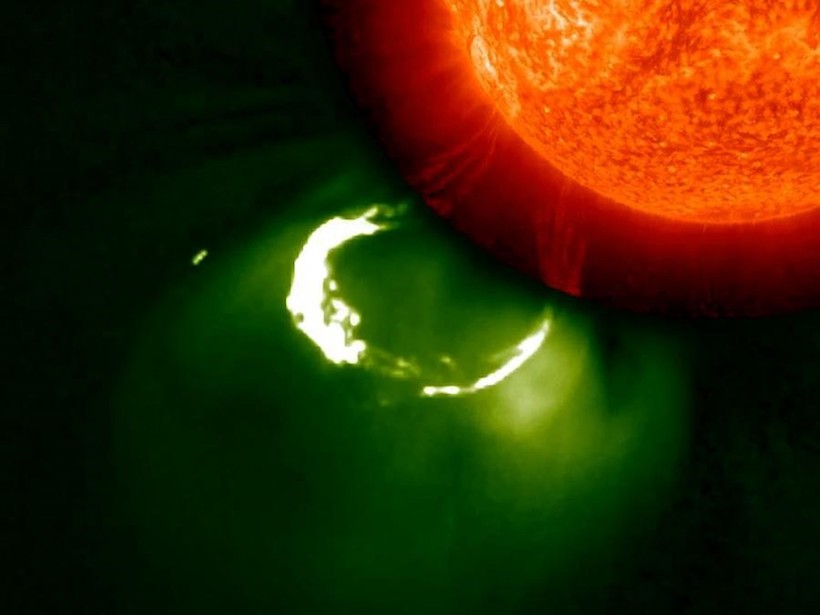Researchers used neural networks to better define the parameterizations necessary for modeling the distribution and characteristics of orographic gravity waves.
AGU 2020
Shaping the Future of Science
As Earth and space scientists gather this December for AGU’s annual Fall Meeting, Eos looks at the ways in which the community is reimagining itself to create a more diverse and adaptable future.
The Two-Year On-Ramp
This community college in Texas has figured out how to guide its students into geoscience careers.
An Unfought Geoscience Battle in U.S. Prisons
Prisoners, activists, and lawyers are fighting to protect incarcerated people from pollution and the dangers of climate change. There’s a place for geoscientists in the fight too.
A Juno Era Model of the Jovian Magnetosphere
Updating a model developed during the Voyager flybys will enable better mission planning and a deeper understanding of Juno data.
A Promising Development for Detecting Ocean Productivity
A comparison of primary productivity measurements across the North Pacific Ocean demonstrates the potential for using autonomous instruments to discern effects of climate change on the marine food web.
A Precise Mosaic View of Mars’s South Pole
A new workflow improves the process of creating massive, accurate mosaics from spacecraft-captured images of a planet’s surface.
Predicting the Next Big Frost Quake
Frost quakes occur in boreal regions when rapidly expanding ice underground causes frozen soils to fracture. A recent frost quake in Finland has given scientists a rare look into how they form.
New Insights into Uncertainties About Earth’s Rising Temperature
A comparison of climate models finds that much of the variation in their predictions of global warming arises from differences in how they simulate the response of convective processes to warming.
The “Complicated” Complexity of Solar Storms
Researchers turned to crowdsourced science to identify patterns in coronal mass ejections.

